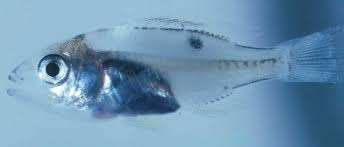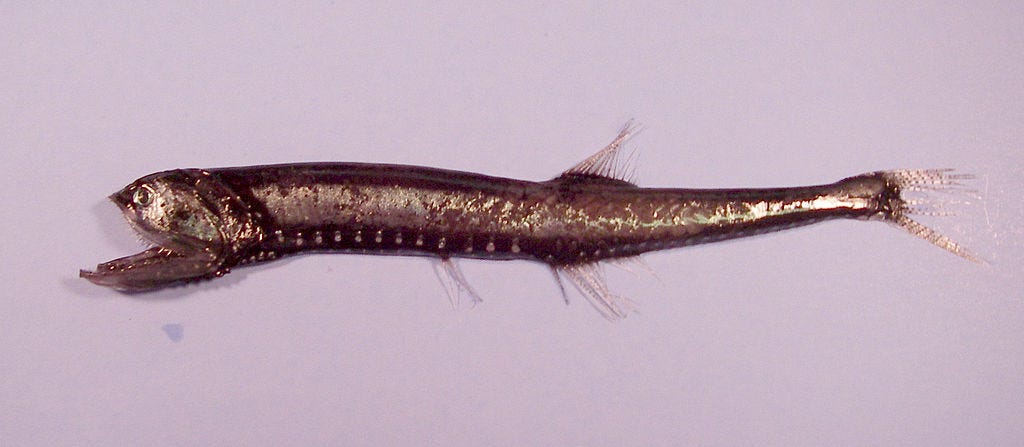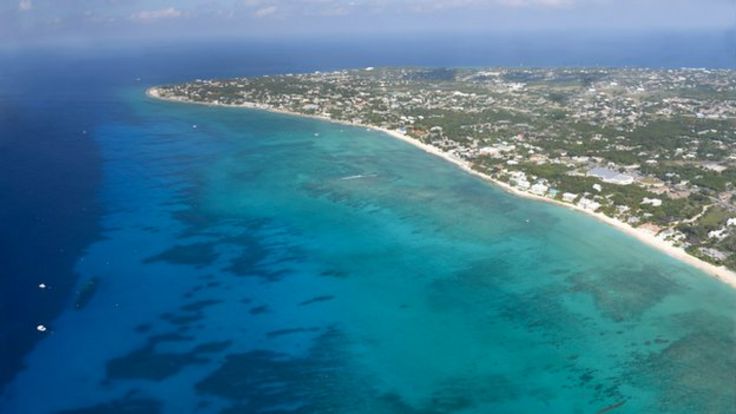To learn more about China’s plans to reduce greenhouse gas emissions and other air pollutants click Read more…
A petition against commercial hunting of fin whales in Iceland is close to receiving over one million signatures. Although this protest has a mass amount of support, the whaling season has continued. Both Iceland and Norway are the only two countries that do not follow the International Whaling Commission’s ban on hunting whales. This year, Iceland’s target is to collect at least 154 fin whales and 229 minke whales. Read more…
 Here at Sea Save, we love our fashion almost as much as we love our oceans! A few months ago our week in review gave a synopsis of Parley, a company that partners major brands with environmentalists. This week a group of celebrities, environmentalist, and fashion icons came together to hear some exciting new from Parley. According to Parley’s founder, Cyrill Gutsch, after some collaboration “adidas created a world first with a shoe upper made entirely of yarns and filaments reclaimed and recycled from ocean waster and illegal deep-sea gillnets”. This new product will help promote awareness of ocean pollution while turning the plastic into something new. We can’t wait to order our first pair! Read more…
Here at Sea Save, we love our fashion almost as much as we love our oceans! A few months ago our week in review gave a synopsis of Parley, a company that partners major brands with environmentalists. This week a group of celebrities, environmentalist, and fashion icons came together to hear some exciting new from Parley. According to Parley’s founder, Cyrill Gutsch, after some collaboration “adidas created a world first with a shoe upper made entirely of yarns and filaments reclaimed and recycled from ocean waster and illegal deep-sea gillnets”. This new product will help promote awareness of ocean pollution while turning the plastic into something new. We can’t wait to order our first pair! Read more…
 This week, an article published in the International Society for Microbial Ecology discussed the impact that climate change may have on ocean phytoplankton. They study grew phytoplankton at high carbon dioxide levels and then analyze how they would evolve over 400 generations. The conclusion was that the fluctuating carbon dioxide levels was a more favorable environment for the organism. Read more…
This week, an article published in the International Society for Microbial Ecology discussed the impact that climate change may have on ocean phytoplankton. They study grew phytoplankton at high carbon dioxide levels and then analyze how they would evolve over 400 generations. The conclusion was that the fluctuating carbon dioxide levels was a more favorable environment for the organism. Read more…
5. Location Isn’t Everything
 Each year, hundreds to thousands of fish aggregate to spawn during a designated time and location. This will produce larvae that will spend a few weeks before settling to reef habitat. A study published in PLOS ONE, uncovered that the success of the larva was sensitive to the timing of spawning, not just the location. Larval success was higher on days when spawning was observed to occur. Read more…
Each year, hundreds to thousands of fish aggregate to spawn during a designated time and location. This will produce larvae that will spend a few weeks before settling to reef habitat. A study published in PLOS ONE, uncovered that the success of the larva was sensitive to the timing of spawning, not just the location. Larval success was higher on days when spawning was observed to occur. Read more…
 Yes, it’s this guy to the right! There are actually thousands of trillions of bristlemouth fish in the world’s oceans. The fish have a higher population than the cumulative rat, human, and chicken populations in the world. As deep-water exploration technology has become more advanced, scientists have continued to discover just how massive the bristlemouth fish population really is in the ocean. These prevalent organism do are able to change sex and couter-illuminate to disguise their silhouettes. Read more…
Yes, it’s this guy to the right! There are actually thousands of trillions of bristlemouth fish in the world’s oceans. The fish have a higher population than the cumulative rat, human, and chicken populations in the world. As deep-water exploration technology has become more advanced, scientists have continued to discover just how massive the bristlemouth fish population really is in the ocean. These prevalent organism do are able to change sex and couter-illuminate to disguise their silhouettes. Read more…
Unfortunately, this is not the first time we have read this headline in the news. This week BBC discusses a recent study published in Science that elaborates on the ocean acidification issue. Although international governments have agreed to a 2C max temperature increase, this will not prevent dramatic ocean changes. Twenty-two of world-leading marine scientist have collaborated to discuss that the carbon dioxide released from burning fossil fuels is quickly changing the chemistry of the ocean. Read more…
 This story is a perfect example of the marriage between nature and technology. Scientists at Clemson University have discovered some unique trails about the sea horse. The tail of a sea horse is actually comprised of 36 squarish segments to better withstand attacks. After a series of tests and simulations, it appears that the square structure actually has major advantages over a circular structure. Although the sea horse seems like an adorable creature, they may actually be stronger than we think! Scientist hope to apply this new structure into the robotics field. Read more…
This story is a perfect example of the marriage between nature and technology. Scientists at Clemson University have discovered some unique trails about the sea horse. The tail of a sea horse is actually comprised of 36 squarish segments to better withstand attacks. After a series of tests and simulations, it appears that the square structure actually has major advantages over a circular structure. Although the sea horse seems like an adorable creature, they may actually be stronger than we think! Scientist hope to apply this new structure into the robotics field. Read more…
Be sure to “LIKE” http://facebook.com/SeaSave to ensure our “Week in Review” is delivered to your newsfeed every Thursday.
Sea Save Foundation is committed to raising awareness of marine conservation. The Week in Review is a team effort produced by the Sea Save staff to provide a weekly summary of the latest in marine research, policy, and news.





